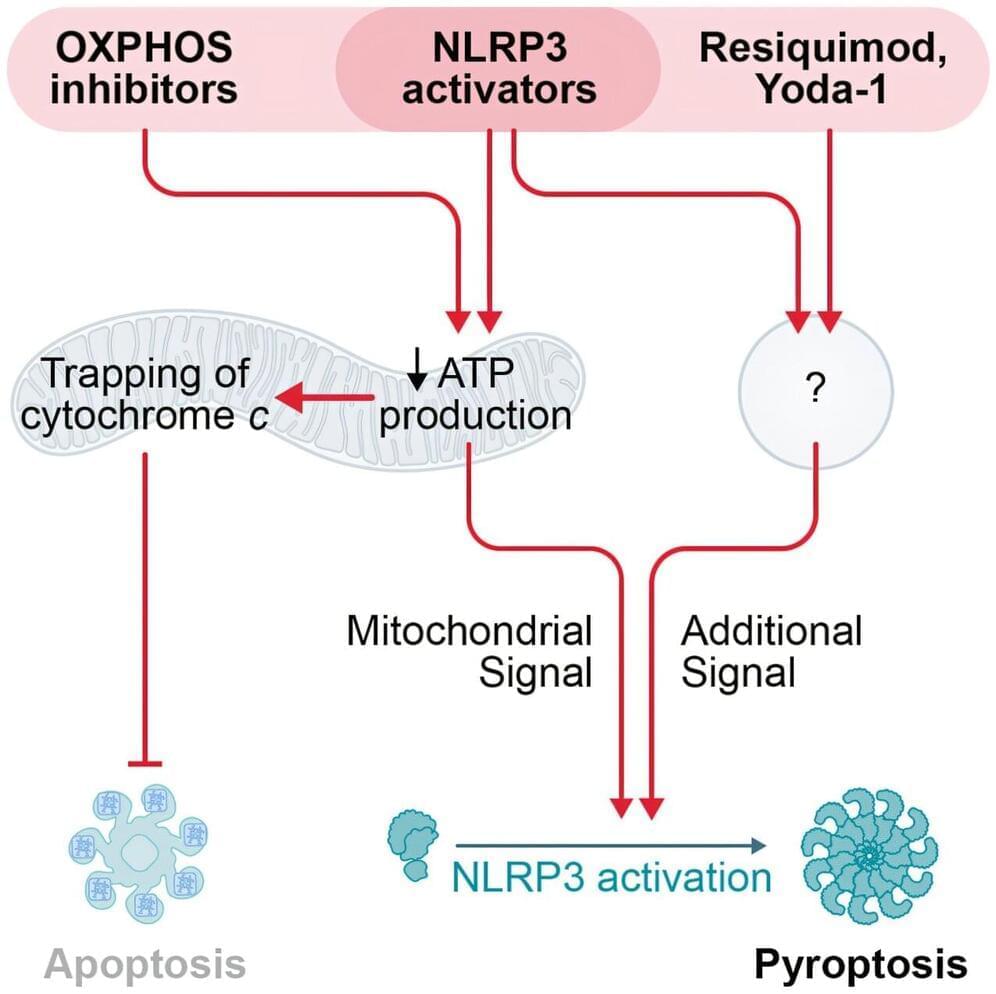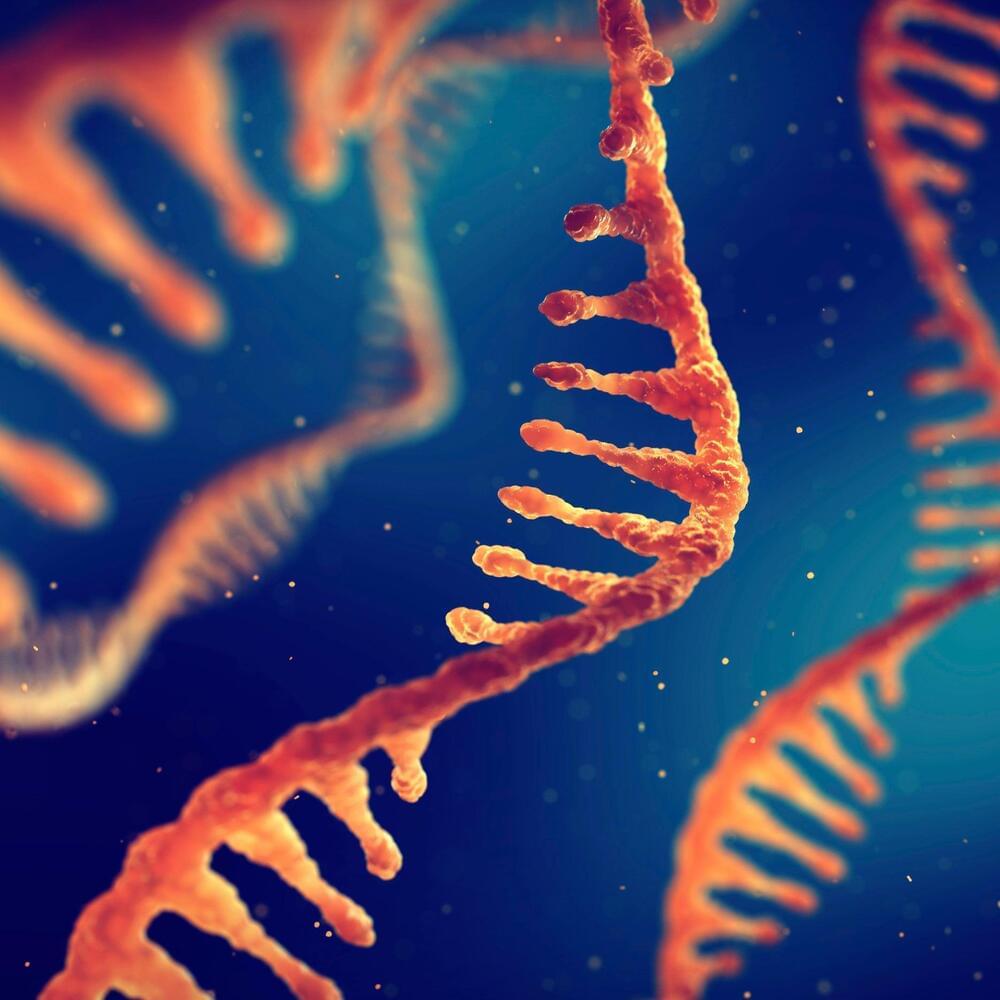The melting point is one of the most important measurements of material properties, which informs potential applications of materials in various fields. Experimental measurement of the melting point is complex and expensive, but computational methods could help achieve an equally accurate result more quickly and easily.
A research group from Skoltech conducted a study to calculate the maximum melting point of a high-entropy carbonitrides—a compound of titanium, zirconium, tantalum, hafnium, and niobium with carbon and nitrogen.
The results published in the Scientific Reports journal indicate that high-entropy carbonitrides can be used as promising materials for protective coatings of equipment operating under extreme conditions —high temperature, thermal shock, and chemical corrosion.








